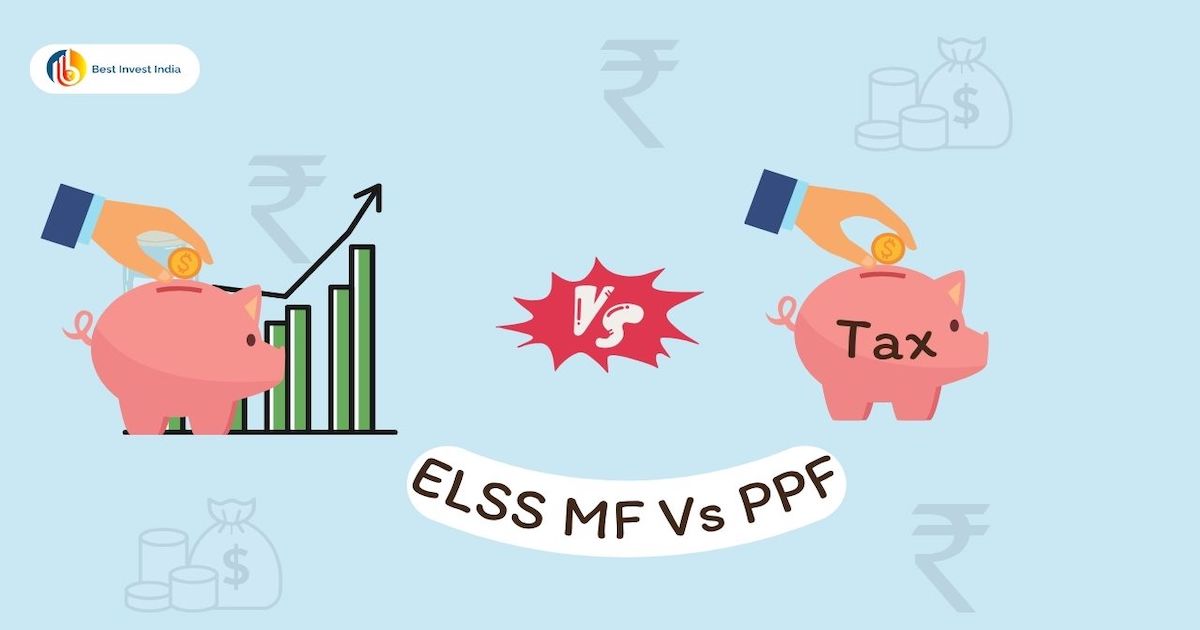The idea of early retirement India at 45 sounds like a dream — no alarm clocks, no office deadlines, and more time for family, travel, or passion projects.
Early retirement is gaining popularity in India, where the traditional retirement age is around 60. Thanks to the FIRE movement (Financial Independence, Retire Early). But is it really possible to retire at 45 in India?
Let’s break it down step by step.
Table of Contents
Understanding FIRE (Financial Independence, Retire Early)
The concept of early retirement is centred on designing a life of choice and fulfilment, allowing individuals to step away from work well before the conventional retirement age of 60.
It is not about continuously competing in the rat race, but about creating financial security that enables freedom. Often, responsibilities, societal expectations, and financial constraints prevent people from pursuing their true passions.
Early retirement empowers you to break free from these limitations and gives you the flexibility to work on your own terms, focusing on what truly matters rather than working solely for money.
The FIRE movement encourages people to:
- Save aggressively (often 40–60% of income).
- Invest wisely (mutual funds, stocks, real estate, etc.).
- Build a large enough corpus to cover expenses for the rest of their life without active employment.
The key principle: Financial Independence = (Corpus ≥ Annual Expenses × Retirement Years Left).
Read more about 7 Powerful Steps to Financial Independence Early Retirement
How Much Money Do You Need to Retire at 45 in India?
To calculate this, you need to consider:
- Current Monthly Expenses
- Suppose your expenses = Rs 60,000/month = Rs 7.2 lakh annually.
- Inflation Adjustment
- At 6% inflation, your expenses will double every 12 years.
- Life Expectancy
- If you retire at 45, you may need money for 35–40 years.
- Safe Withdrawal Rule
- Globally, a 4% rule is used, meaning you can withdraw 4% of your corpus annually without running out of money.
- Required Corpus = Annual Expenses × 25.
- Example: If your annual expenses (inflation-adjusted) are ₹12 lakh, you’ll need at least ₹3 crore corpus.
But in India, due to higher inflation, a 3.5% withdrawal rule is safer. That means you may need ₹3.5–4 crore or more.
Steps to Achieve Early Retirement India at 45
1. Start Early
The earlier you start investing, the more the power of compounding works in your favour. For example, a 25-year-old investing Rs 50,000/month for 20 years at 12% return can accumulate nearly Rs 5 crore.
2. Maximise Savings Rate
- Cut unnecessary lifestyle inflation.
- Target saving 40–60% of your income.
3. Invest Aggressively but Smartly
- Equity Mutual Funds (index funds, flexi-cap funds) for growth.
- Debt Funds / Bonds / PPF for stability.
- Real Estate (only if it gives rental income and fits your plan).
4. Build Multiple Income Sources
- Freelancing, blogging, consulting, or passion projects.
- Dividend-paying stocks or rental income can support cash flow.
5. Plan for Healthcare & Emergencies
- Health insurance is non-negotiable.
- Keep an emergency fund (12 months’ expenses).
6. Adjust for Indian Challenges
- Higher inflation (5–7%).
- Lack of social security compared to Western countries.
- Family responsibilities (children’s education, parent’s medical care).
Practical Example of FIRE in India
- Age 25: Start with Rs 30,000/month in SIP (12% return).
- By Age 45: Corpus grows to nearly Rs 2.3 crore.
- Increase contribution to Rs 50,000/month → corpus Rs 3.9–4 crore.
This is sufficient for retiring at 45 with controlled expenses and inflation planning.
Pros & Cons of Retiring at 45 in India
Advantages:
- More time for family, hobbies, travel.
- Freedom from job stress.
- Option to pursue passion projects.
Challenges:
- Long retirement period (35+ years).
- Inflation risk.
- Medical expenses rising sharply.
- Possible boredom or loss of purpose.
Conclusion
Yes, retiring at 45 in India is possible, but it requires early planning, aggressive saving, disciplined investing, and careful expense management. The FIRE movement is not about quitting work forever; it’s about having the financial freedom to choose whether you want to work, how much you want to work, and on what terms.
If you start planning in your 20s or early 30s, build a diversified portfolio, and stay consistent, early retirement in India can move from dream to reality.










